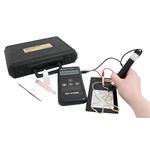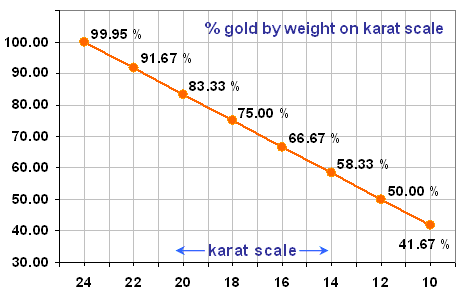Lehigh Valley Gold Buyer
Lehigh Valley Gold and Silver Buying Guide Tips and Faqs
Call (484) 765-2010 today!
3115 West Tilghman Street
Allentown PA, 18104
info@lvgoldbuyer.net
Mon-Fri: 10-5
Sat: 10-3
Sun: Closed
Allentown PA, 18104
info@lvgoldbuyer.net
Mon-Fri: 10-5
Sat: 10-3
Sun: Closed
Call (610)928-1155 today!
Lehigh Valley gold buyer,
the #1 spot to buy and sell your gold.
Official Guide Book
 Keep your eye on the market.
Purchase offers fluctuate with the market; therefore, look to sell when the market is up. You can check with an online source, such as www.goldline.com, to verify the current market price for gold before you sell.
Keep your eye on the market.
Purchase offers fluctuate with the market; therefore, look to sell when the market is up. You can check with an online source, such as www.goldline.com, to verify the current market price for gold before you sell.

 Investigate the gold buyer before you sell.
Investigate the gold buyer before you sell.With gold going up in value, watch out for buyers looking to take advantage of eager sellers, such as fly-by-night businesses, mail-away services or “gold parties”. Visit the Better Business Bureau (http://www.bbb.org/) to see if any complaints have been filed against the company is a simple way to start. Even after you’ve done your homework, take along someone you trust to meet the buyer in person.
 The key is in the karats.
The key is in the karats.
Twenty-four karat is gold in its purest form, more than twice the value of 10 karat gold. It is illegal for jewelry to be labeled “gold jewelry” if it is less than 10 karats.
It is important to know the karats of your gold to make an informed decision on the scrap value of your jewelry.
 Understand the Scales.
Understand the Scales.
The weight of gold helps determine its value, but keep in mind that jewelers use a different measurement standard called a Troy ounce. U.S. scales will measure 28 grams per ounce, while gold is measured at 31.1 grams per Troy ounce. Some dealers may also use a system of weights called pennyweight (dwt) to measure a Troy ounce, while others will use grams. A pennyweight is the equivalent of 1.555 grams. Be alert that a dealer does not weigh your gold by pennyweight but pay you by the gram, a sneaky way for the dealer to pay you less for more weight of gold.
 Keep Your Karats Separate.
Keep Your Karats Separate.
Don’t let jewelry of different karat value be weighed together. Some dealers will weigh all jewelry together and pay you for the lowest karat value.
Separate your jewelry by karat value before meeting with the buyer.
 Know What You Are Selling.
Know What You Are Selling.
Some gold items may be worth more when sold as they are, rather than if they are melted down.
If your gold necklace or bracelet comes from a well-known designer or maker, it may have a value to some buyers beyond the gold it’s made of.
 Know the Fine Print.
Know the Fine Print.
If you do choose to use a mail-away service, make sure you understand the terms and conditions. Send the items insured. Find out how long before you get reimbursed, how long they will keep your gold before melting it down, and how many days you have to turn down the offer.
Be sure to take photos of your items before sending and make sure you hold on to all relevant paperwork.
 Shop Around.
Shop Around.
Remember, you don’t have to jump at the first offer for your gold. Shop around for a few different bids. To ensure you are really getting the best price for your jewelry, have it appraised before selling. This may cost you more up front, but your jewelry may be worth more than its weight when you include workmanship, artistic value, and embedded gems for the piece as a whole.
 Be Realistic.
Be Realistic.
For example gold parties, often hosted by friends and neighbors, are really more about fun than value. Taking all factors into consideration, sellers at gold parties will likely get between 70 and 80 percent of the real value of their item.
 Bring Your I.D. & Check their Credentials.
Bring Your I.D. & Check their Credentials.
Ask a potential buyer to show you his credentials: If he’s legitimate, he’ll be licensed by the state to buy gold. Gold buyers are required by law to ask sellers for government-issued identification. This requirement is designed to protect consumers by helping police investigate the sale of stolen property and prevent money laundering. All reputable gold buyers comply with these rules, so if you don’t get asked to show your I.D., be warned.
Contact Us
LHV Gold Buyer specializes in.
- Wedding Rings, Engagement, Class Rings
- Bracelets, Necklaces, Earrings
- Watches
- Gold (8k, 10k, 14k, 16k, 18k, 22k, 24k)
- Dental Gold
- Gold & Silver Coins
- Scrap Gold & Silver





